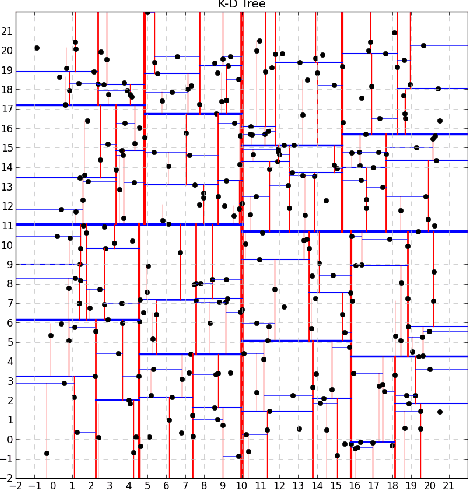Enakshi Saha
Theory of Posterior Concentration for Generalized Bayesian Additive Regression Trees
Apr 25, 2023Abstract:Bayesian Additive Regression Trees (BART) are a powerful semiparametric ensemble learning technique for modeling nonlinear regression functions. Although initially BART was proposed for predicting only continuous and binary response variables, over the years multiple extensions have emerged that are suitable for estimating a wider class of response variables (e.g. categorical and count data) in a multitude of application areas. In this paper we describe a Generalized framework for Bayesian trees and their additive ensembles where the response variable comes from an exponential family distribution and hence encompasses a majority of these variants of BART. We derive sufficient conditions on the response distribution, under which the posterior concentrates at a minimax rate, up to a logarithmic factor. In this regard our results provide theoretical justification for the empirical success of BART and its variants.
On Theory for BART
Oct 05, 2018
Abstract:Ensemble learning is a statistical paradigm built on the premise that many weak learners can perform exceptionally well when deployed collectively. The BART method of Chipman et al. (2010) is a prominent example of Bayesian ensemble learning, where each learner is a tree. Due to its impressive performance, BART has received a lot of attention from practitioners. Despite its wide popularity, however, theoretical studies of BART have begun emerging only very recently. Laying the foundations for the theoretical analysis of Bayesian forests, Rockova and van der Pas (2017) showed optimal posterior concentration under conditionally uniform tree priors. These priors deviate from the actual priors implemented in BART. Here, we study the exact BART prior and propose a simple modification so that it also enjoys optimality properties. To this end, we dive into branching process theory. We obtain tail bounds for the distribution of total progeny under heterogeneous Galton-Watson (GW) processes exploiting their connection to random walks. We conclude with a result stating the optimal rate of posterior convergence for BART.
 Add to Chrome
Add to Chrome Add to Firefox
Add to Firefox Add to Edge
Add to Edge